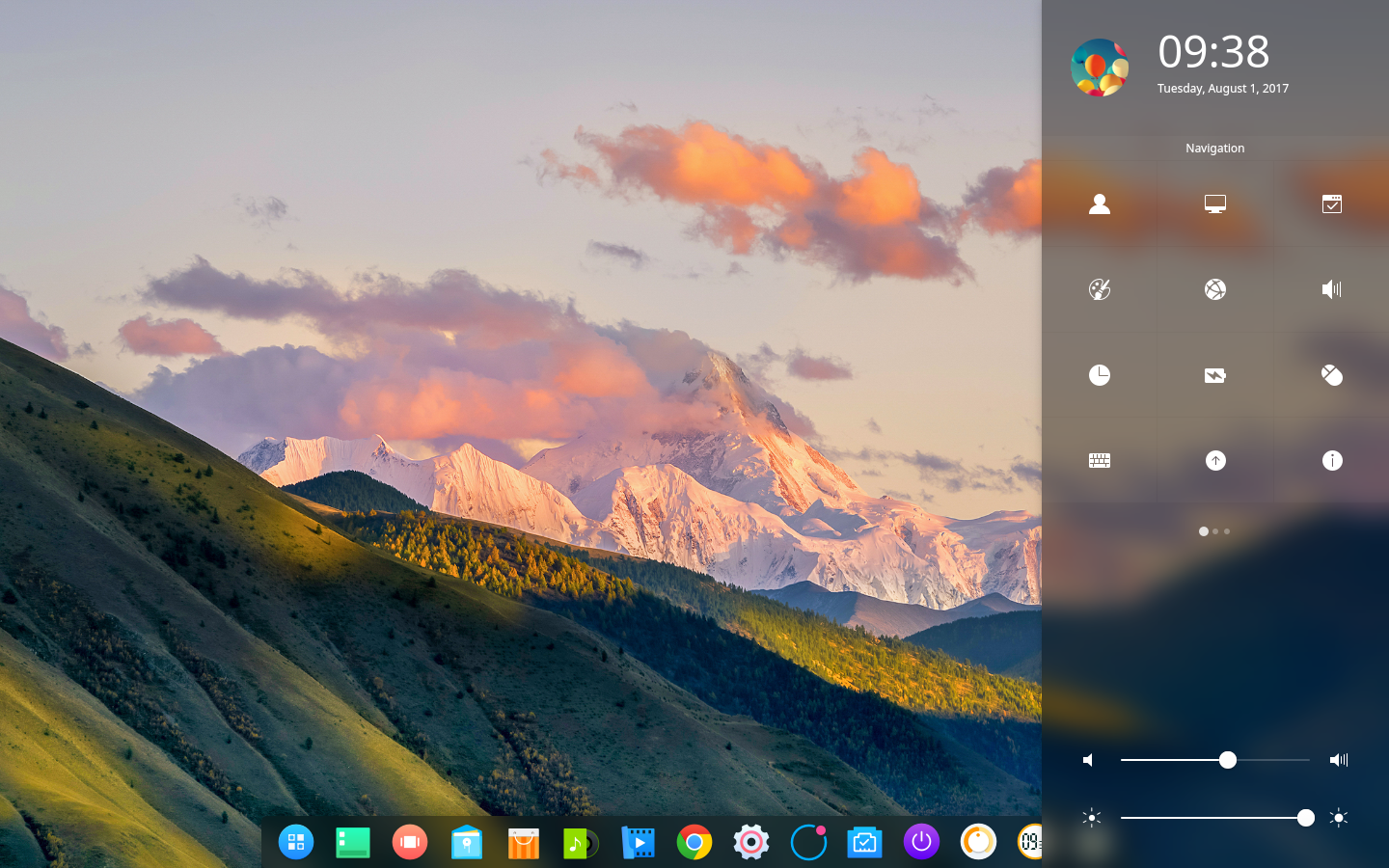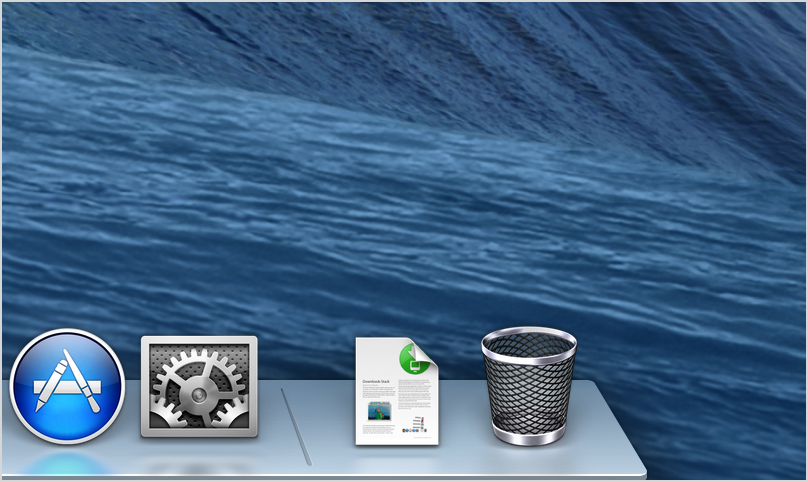

- Mac os dock stack mac os x#
- Mac os dock stack full#
- Mac os dock stack plus#
- Mac os dock stack windows#
For instance, if you remove Microsoft from the names of Office applications, you can type Exc, Pow, and Wor to select Excel, PowerPoint, and Word, respectively.
Mac os dock stack full#
Matching is based on the full name of the program as shown in the Finder, so you may want to do some renaming to make this more intuitive.

The Dock will highlight matches as you type. But now, in addition to using the left- and right-arrow keys to select icons, you can type the first letters in the name of the program, file, or folder you’d like to select. As before, you can activate the Dock by pressing control-F3. Navigate the Dock with the Keyboard – You could use your keyboard to control the Dock in previous versions of OS X, and Leopard’s Dock is even more keyboard-friendly. This also works in reverse: if Dock Magnification is enabled, holding down shift-control will temporarily disable it.- Dan Frakes Icons will be magnified as long as you hold down those keys. If Magnification is disabled but you want to enable it temporarily so you can get a better look at a particular icon, simply hold down shift-control as you move your mouse cursor over the Dock. Quick-Toggle Dock Magnification – You can enable and disable Dock Magnification (which enlarges Dock icons as you move your mouse cursor over them) via the Dock’s preference pane. If you want to get rid of a space you’ve added, just drag it off the Dock.-Christopher Breen To see the changes you’ve wrought, type killall Dock in the command line. To get it, go to Terminal and type defaults write persistent-others -array-add ''.

StacksĪdd a Recent-Items Stack – Another feature that Apple has included in Leopard but hasn’t made easily available is a recent-items stack.
Mac os dock stack plus#
Here are a few of our favorites, plus some helpful tweaks to the Dock. And we’ve also found some tricks and workarounds that actually make Stacks useful. Apple fixed many of Stacks’ problems with 10.5.2. Unfortunately, once users had a chance to work with them, Stacks quickly became one of Leopard’s most reviled new features.
Mac os dock stack mac os x#
One of the coolest new features added to Mac OS X Leopard's Dock is. Control Strip, a predecessor to the Dock in classic Mac OS.When OS X 10.5 was first released last fall, one of its marquee features was Stacks, those special folders in the Dock that pop up in a fan-like listing of your files. The Finder icon is permanently fixed to the left of the Dock (or on top if.When Simple Finder is activated, the Dock only lets you switch to applications that are open, and three folders that cannot be moved. You can also browse through the folders inside one another in the Stack. When clicked on, these open up fans of up to 10 items, or grids which display all the items in a folder. To the right of the line are more icons, known as Stacks (as well as the Trash icon on macOS). Stacks and folders also come under the Dock.
Mac os dock stack windows#
A running application is indicated by a dot underneath it or being shown in the dock on the very right, and clicking on it will bring up the last used window, or app screen, while holding down on it will bring up all the windows of that application layed out in a grid, in a feature called Mission Control (on IPadOS holding on an app icon shows a lot of quick actions).

The Dock serves as an application manager, allowing the user to open, close and switch applications.


 0 kommentar(er)
0 kommentar(er)
